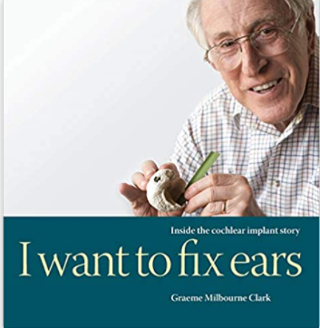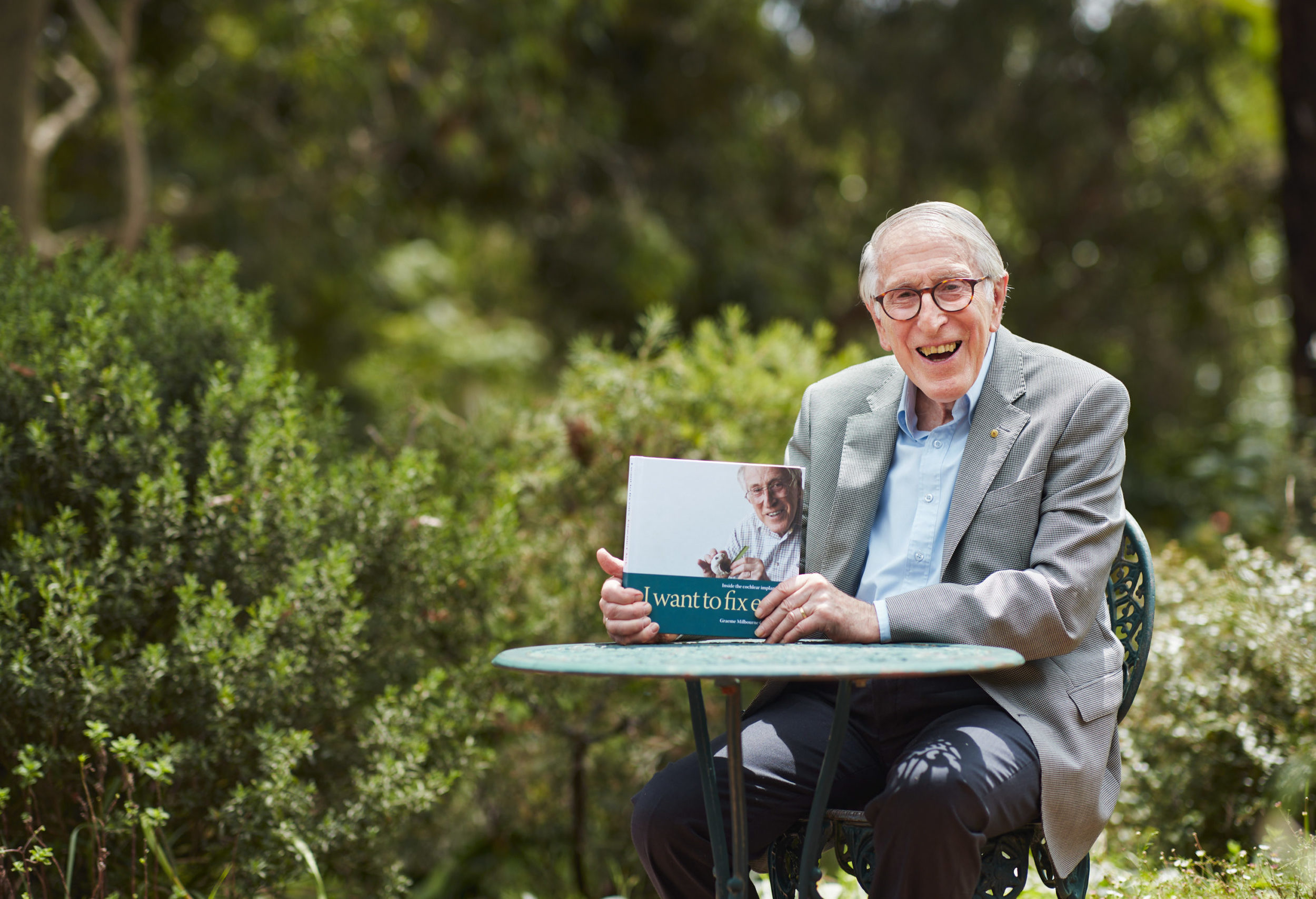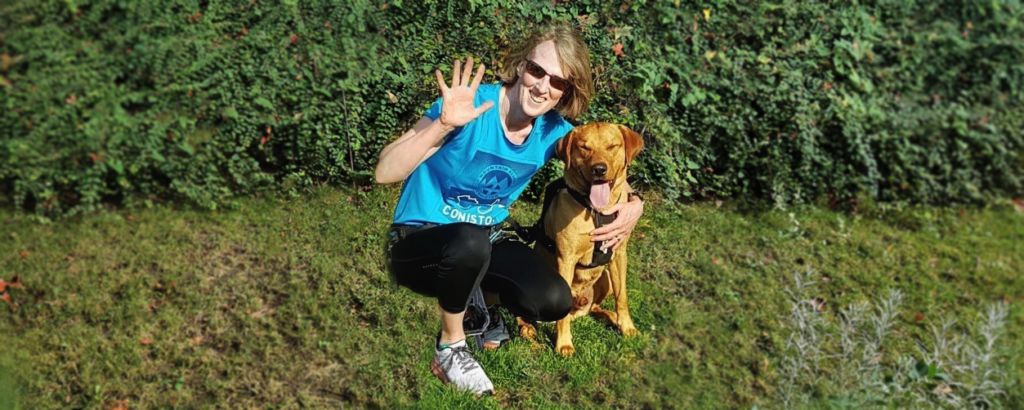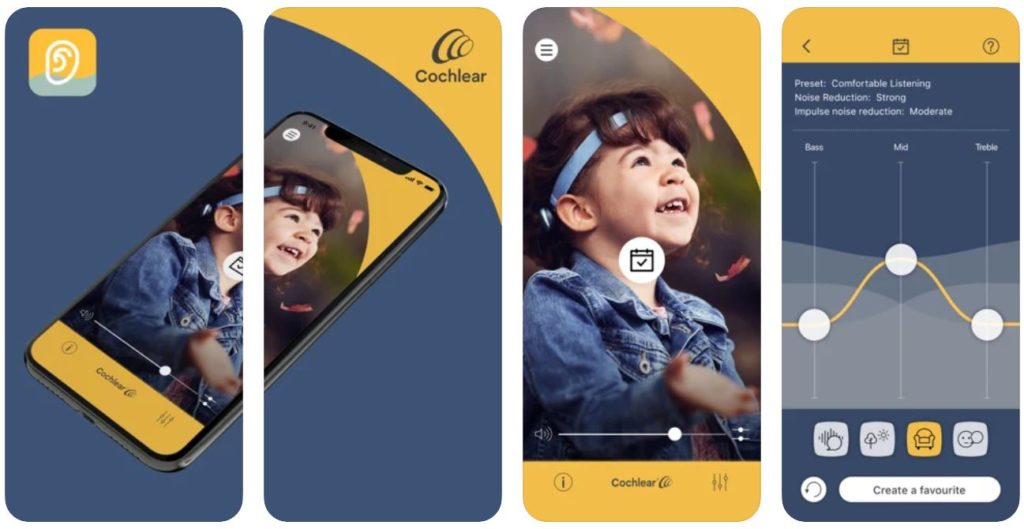When Professor Graeme Clark, Australian inventor of the multi-channel cochlear implant, reflects on his life’s work, his attention doesn’t focus on his achievements – or even the technology.
His focus remains firmly fixed on the importance of human connection – and how his work has helped people of all ages stay connected with each other.
“When I think about the implant and what it does … they have enabled adults to communicate with each other, taking them out of their loneliness and their isolation, and depression. And it’s had a dramatic effect on children. They are able to communicate with their peers. They can … develop their true potential. It’s been dramatic,” he says.
Now, you can read the full story of Professor Clark’s remarkable life and the incredible development of the multi-channel cochlear implant in his new memoir, I want to fix ears – Inside the cochlear implant story, which is available online here.
The memoir follows Professor Clark’s journey – from ridicule by medical peers who called him “Clark the Clown” to creating the first multi-channel cochlear implant more than 40 years ago. Today, hundreds of thousands of people worldwide can communicate thanks to his ground-breaking technology.
“The development of the cochlear implant has changed my life in ways that I never expected,” he says.
Looking back over 40 years, Professor Clark reflects on the moments and people who have left their mark. The memoir features many anecdotes, from his first inspirations, to meeting Her Majesty the Queen Elizabeth II. It also celebrates the people who rely on the technology to hear, including the first people in the world to receive the technology.
While early success came with adults who had previously had hearing and lost it, Professor Clark’s attention turned to the challenge of how cochlear implants could help children who were born deaf.
“Would they hear these strange electrical signals and be able to understand speech and language? In due course, from adults to children, I found that it was possible … I just was blown away,” he says.
“To find that these children, especially operated on at a young age, develop language that is so good you wouldn’t know they had a hearing problem, brings tears to my eyes.”
Herein lies Professor Clark’s motivation to write his memoir: to support ongoing research and initiatives to help more people access cochlear implant technology – particularly children in countries where this remains a challenge.
Of the book’s proceeds, 25% will go to the Graeme Clark Research Institute and another 25% will help fund Professor Clark’s charitable foundation, The Graeme Clark Foundation which supports direct giving initiatives and research to help people with sensory disorders reach their true potential.
The Foundation recently supplied cochlear implants for two young brothers with hearing loss in India via its direct giving program, which gives people access to cochlear implants who are unable to afford them.
“We are communicating people, and that’s what life’s about, sharing our hopes and our joys. When I see people communicating and know that they’re doing it with the use of a cochlear implant, I feel that my life’s work has had some value,” says Professor Clark.

I Want to Fix Ears: Inside the Cochlear Implant Story by Graeme M Clark is available to order online through Amazon.




